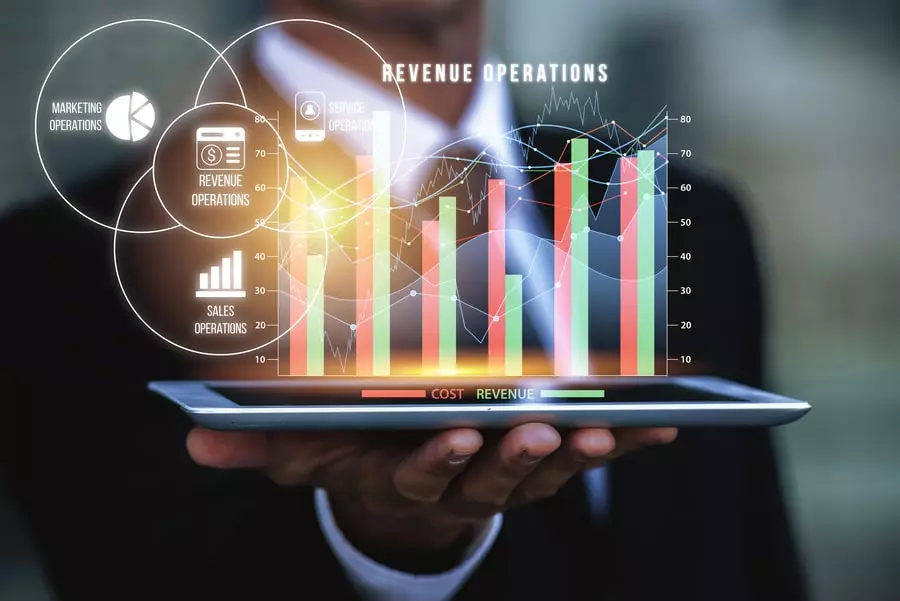How to Develop an Effective Technology Strategy
Technology runs the world and creates opportunities for growth, efficiency, and scalability in our businesses. Without an effective technology strategy plan, your business risks falling behind the competition.
Successful businesses all have one thing in common: They rely on planning processes to assure development and operational efficiency. Every organization, like every other business function, needs a well-thought-out IT plan. In this article, we will look at why technology strategy is important, how it is created, and how to successfully apply it.

What is Technology Strategy?
Technology strategy is referred to as the development of an overall business plan that includes principles, objectives, and methods for using technology to achieve organizational goals.
Your tech plan may describe specific technologies, identify which staff members are responsible for managing these technologies, future scalability, and how these technologies will align with your company’s goals. Your company plan will have an impact on your technology strategy.
The benefits of developing a technology strategy
Most businesses lack a long-term IT strategy. They often have a one-year plan at best. Short-term plans, on the other hand, are insufficient for aligning an organization’s technology with business objectives since this is not their intended purpose.
The distinction between a short-term plan and a long-term strategy is that the former is concerned with technology, whilst the latter is concerned with the business and its objectives. It is critical to recognize that the main objective of using technology is to meet business requirements to achieve the organization’s mission. A well-developed technology strategy provides many benefits to an organization.
Alignment with Business Objectives
Technology is not there for convenience, but rather it should be closely related to business needs. A technology strategy makes sure that the business needs are fulfilled by directly linking the objectives of the technology strategy to business requirements.
Development of Long-term Vision
A technology strategy assures a long-term vision that looks into the future to try to foresee what the organization’s business demands will be based on market and competition. While also understanding that change takes time and is achieved through a succession of objectives, milestones, and goals.
Increased Operational Efficiency
When technology is linked with business needs and adopted at the right time, direct efficiencies are gained. These efficiencies can take the shape of increased employee output, improved customer communication, and improved team cooperation, all of which make a business more agile.
Competitive Advantage
An organization that can run more effectively by strategically exploiting technology obtains a competitive edge. Competitive advantage can take the form of increased sales and profits or furthering the mission of the organization.
=> Watch more: IT communication strategy: A direction to connect employees and stakeholder
How to Develop an Effective Technology Strategy
Create a Team
The first step in implementing a technology strategy is to develop a team.
This team typically is led by an organization’s CIO/CTO, however, organizations that lack internal technology resources can fill this role with external cybersecurity experts with technology skills. The team must also include individuals from various functions within the organization who are passionate about technology and will serve as advocates to the rest of the organization.
Specify the Plan
The following step is to thoroughly create a technology plan that will link the strategy with business goals. Once long-term business objectives have been determined, a strategy that outlines exactly what has to happen over the following three years must be developed.
It is important to note that a one- or two-year strategy will not result in a technology revolution on its own, since large-scale changes always take longer than expected. Once a detailed plan has been developed, the technology strategy should be attached to the organization’s technical architecture. The long-term technology plan of the organization will not be achieved unless the underlying IT infrastructure can support it.
Ensure that an architecture roadmap is created because it is crucial to the successful implementation of the technology strategy. The architecture roadmap will offer a technical assessment of the maturity of existing apps and hardware infrastructure. It should consider when software and hardware will reach the end of their useful lives, as this may affect the schedule for implementing new technologies.
Prioritize Initiative Strategically
Following that, it is important to strategically prioritize technology initiatives. There are rarely enough resources and finances to accommodate every demand, regardless of the size of the organization.
During the technology strategic planning process, ad hoc projects will emerge, and each business function inside the organization will have its own “special projects.” It is critical to make strategic resource allocation decisions to accomplish intended results and organizational objectives.
Sell Strategy to Organization
The final step is to release and sell the new technology strategy to the organization. This step necessitates a thorough plan for how the strategy will be communicated to executives, leadership, and staff, including communication, messaging, and engagement. This process will have to be repeated several times to ensure that all functions within the business are on the same page on the overall timeline of the technology strategy. Once this is completed, the technology strategy is ready for implementation.
=> Watch more: What is IT Development Strategy?
Conclusion
Technology planning and the development of long-term strategic goals will assist your firm in succeeding in this modern age. Implementing technology strategies is an excellent way to expand your growth potential, whether you are seeking scalability, efficiency, or simply improved operations. However, technical strategy can get in the way and create extra work. So, contact a technology strategy consultant to identify inefficiencies and prepare for the future!
SmartOSC‘s experienced consultants can help with the development of specialized technology strategies, examining current capabilities and vulnerabilities to establish new scalable solutions. We design, develop, and deliver projects collaboratively so you may plan for the future without sacrificing current objectives. Contact us for strategy technology if you have any questions or would like to schedule a technology consultation.


